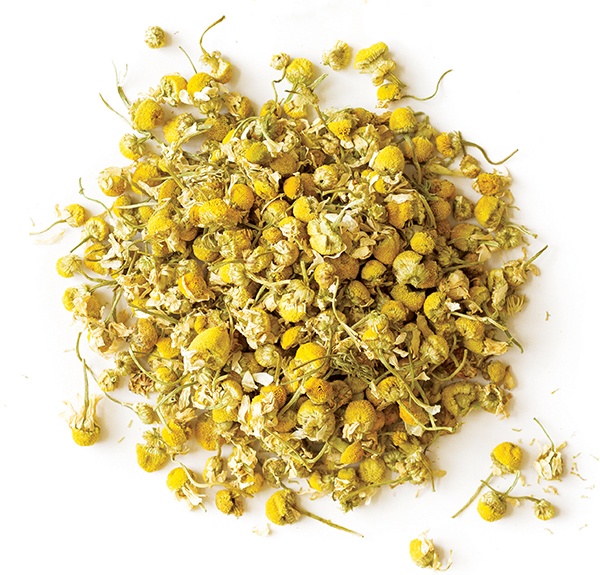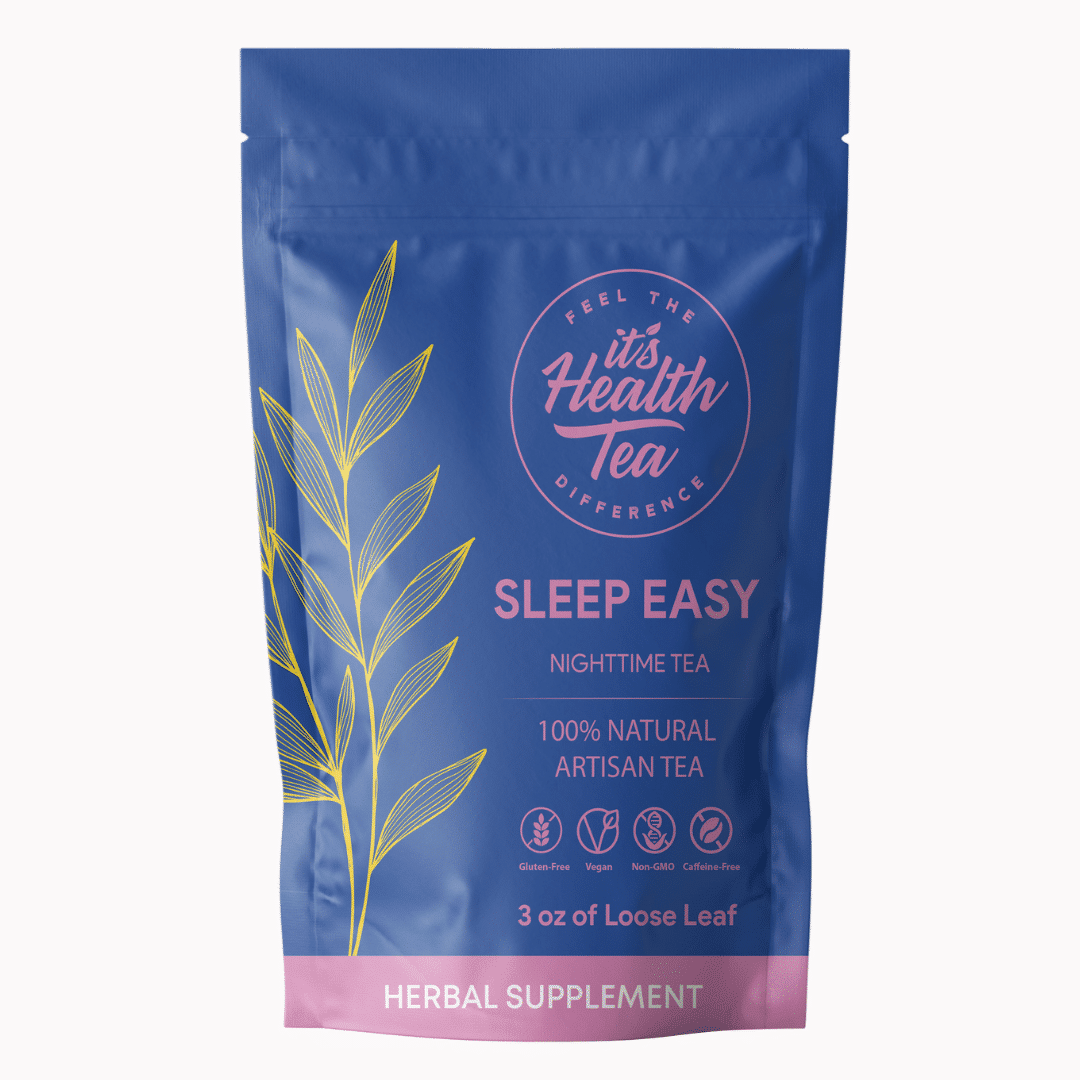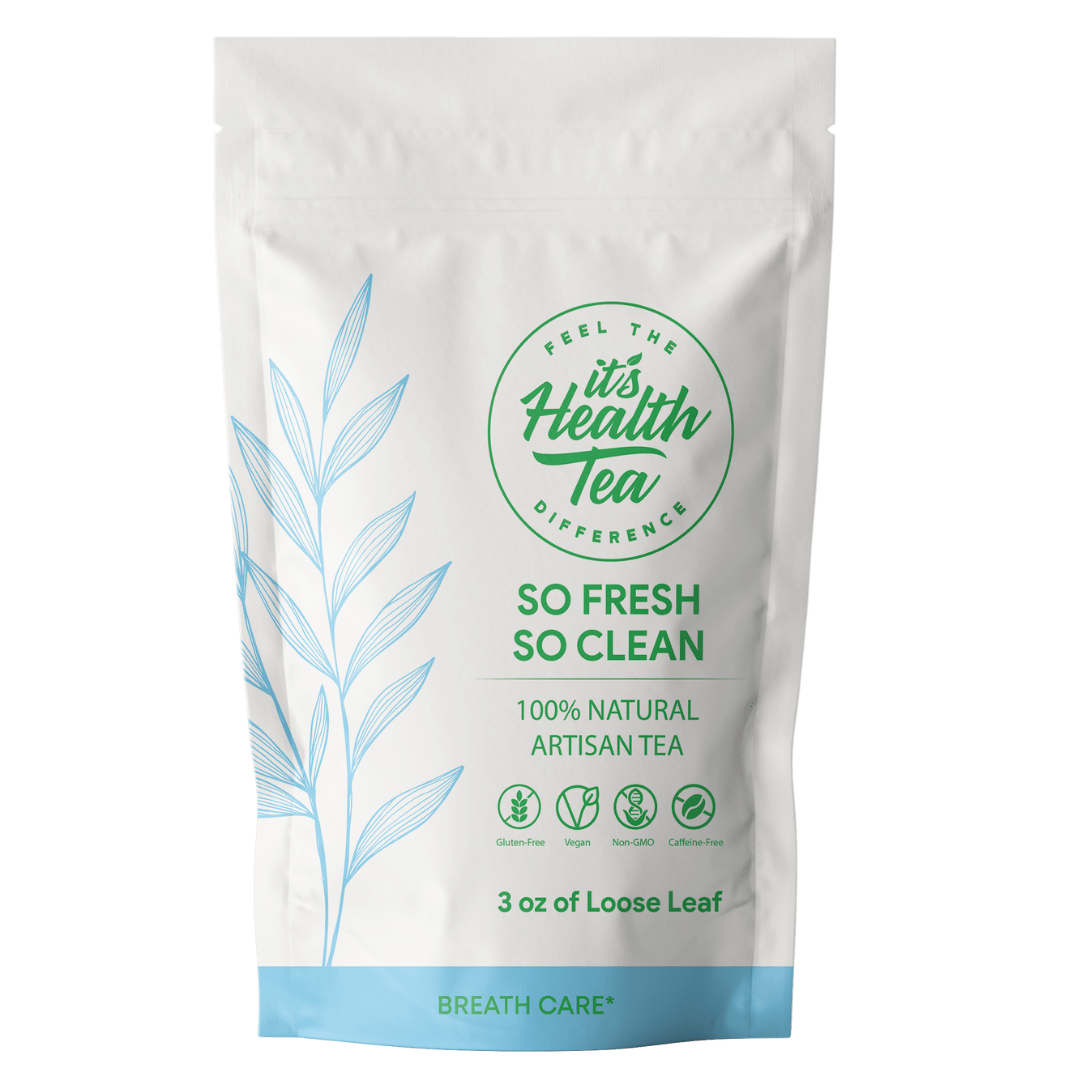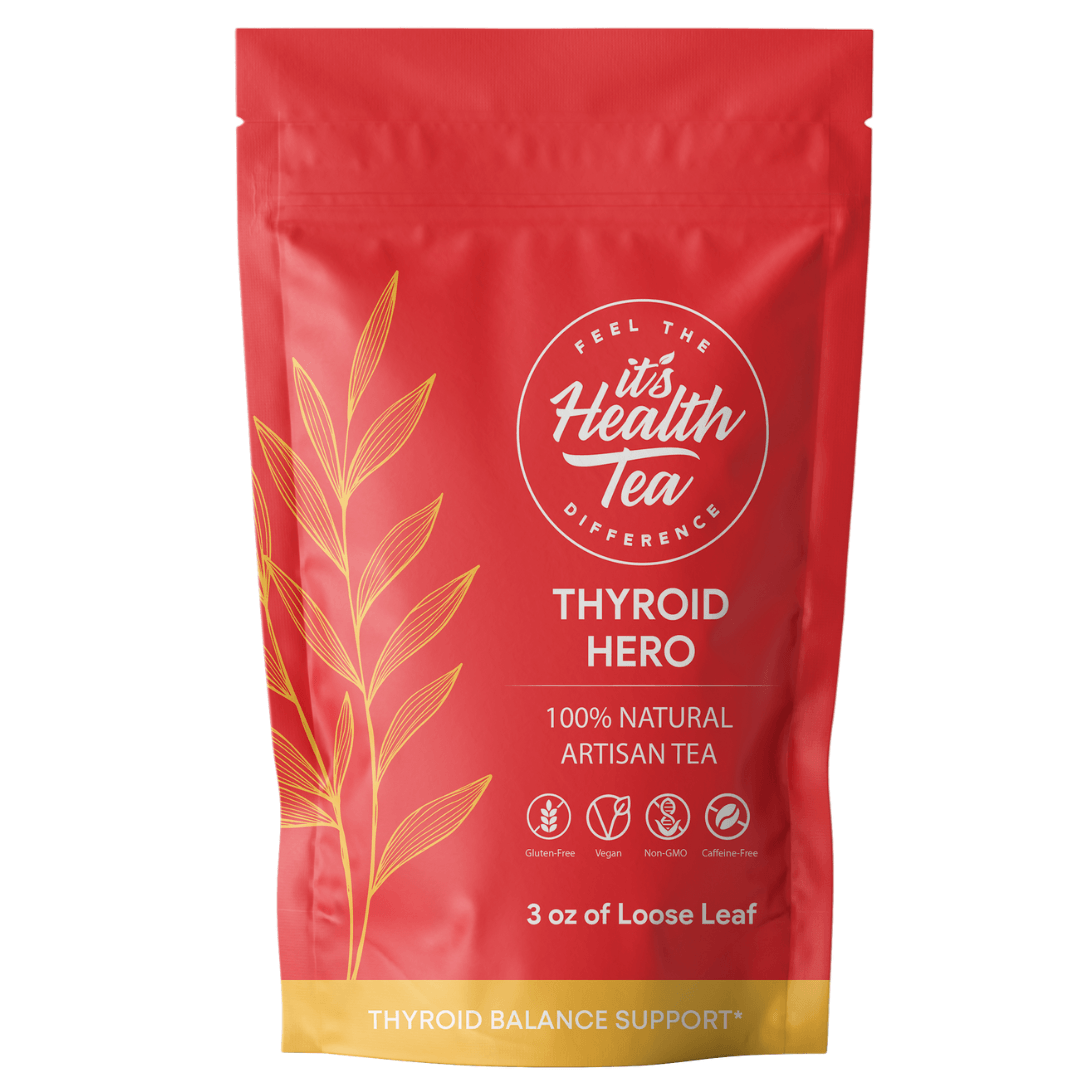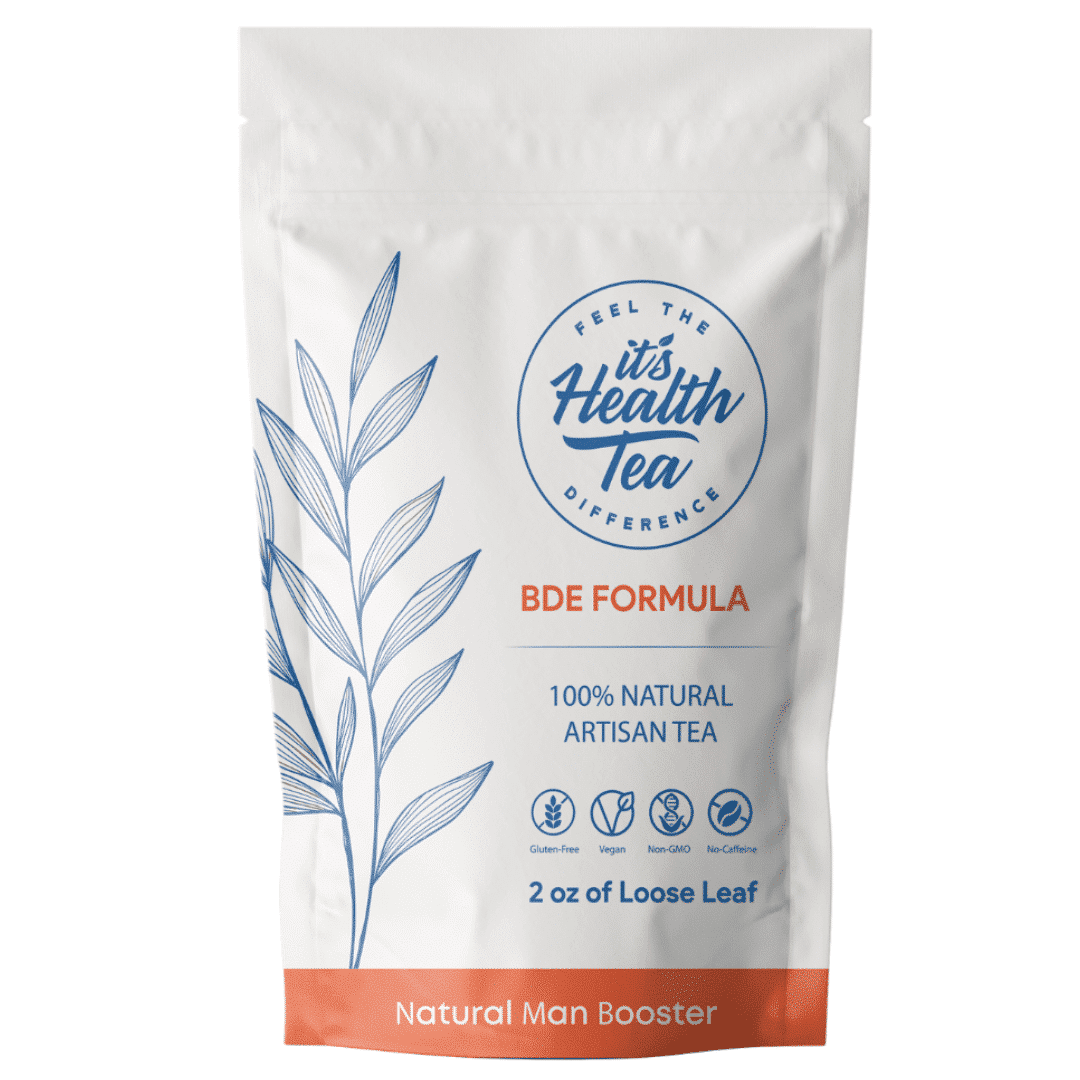For those that deal with acid reflux and constantly looking for solutions and answers, you tend to search for the question(s) about whether something is good or bad for acid reflux. Fans and lovers of chamomile tea are no different, and thats how you landed here.
Chamomile or camomile is the common name for several daisy-like plants of the family Asteraceae. Two of the species are commonly used to make herbal infusions for traditional medicine, and there is some evidence that chamomile has an effect on health.
Chamomile tea is made using the buds of chamomile flowers. It’s known worldwide as a soothing, relaxing brew and one of the best home remedies for abdominal pain. Chamomile tea offers carminative properties, which help to reduce feelings of gas and bloating that can cause upset stomach.
IS CHAMOMILE TEA GOOD FOR ACID REFLUX?
Research suggests that chamomile tea may help relieve acid reflux symptoms caused by inflammation or stress.
Of course, acid reflux depends so much on your diet so just by consuming chamomile tea does not make acid reflux just go away, however, it is a good aid and support for acid reflux.
IS CHAMOMILE TEA ACIDIC OR ALKALINE?
Alkaline and acidity are determined by the pH scale. Neutral is around 7 and anything under a pH of 4 is considered very acidic. In general, chamomile and peppermint have a pH level between 6-7 and green tea is generally 7-9 on the scale.
When it comes to acidic teas, we have a great post for your reference titled, “ARE ALL TEAS ACIDIC?” which will give you a chart on the PH scale of different types of teas.
SCIENTIFIC EVALUATION OF CHAMOMILE TEA
Chamomile has some real powerful properties and wellness benefits. In a study titled, “Chamomile: A herbal medicine of the past with a bright future,” it list and goes into the below benefits which are outstanding.
- 5.1 Anti-inflammatory and antiphlogistic properties.
- 5.2 Anticancer activity.
- 5.3 Common cold.
- 5.4 Cardiovascular conditions.
- 5.5 Colic/Diarrhea conditions.
- 5.6 Eczema.
- 5.7 Gastrointestinal conditions.
- 5.8 Hemorrhoids.
